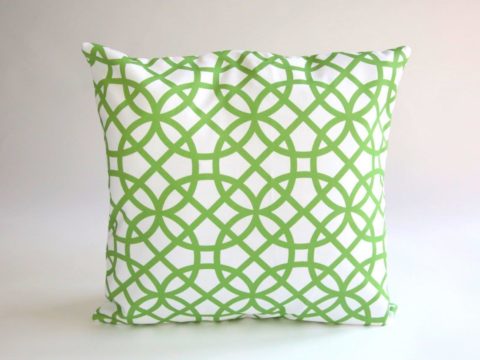Katharine of Aragon: Life Story
Chapter 13 : Court Drama
Before the trial, which was held at Blackfriars, opened, Cardinal Campeggio made a last-ditch attempt to resolve the problem through persuading Katharine to enter a convent. Katharine completely rejected such a solution unless Henry were also willing to enter a monastery. Katharine is not someone who strikes the modern reader as a humorous woman, but clearly she had her moments. She also refused to recognise that the court could give a binding judgement and affirmed that she would not accept a verdict other than one given by the Pope himself.
To support her arguments, Katharine also produced a copy of a brief issued by Julius II in 1504. This expanded on the original dispensation, taking into account the possibility that Katharine’s marriage to Arthur had not been consummated. Thus from Katharine’s perspective, the dispensation was valid in any circumstance if the Pope had the power to dispense Levitical law, but if he had not such power, no dispensation was in fact necessary since, she said, she and Arthur had not consummated their marriage.
The court opened on 31st May 1529. The first two weeks were taken up with administration (legal delays are nothing new!). Katharine appeared in front of the Cardinals and informed them that as they had both received benefits at the hands of the King, they could not be impartial. She wanted her case to be judged by an unbiased court. Unsurprisingly the Cardinals paid no attention to her objection and summoned both king and queen to appear before them on 21st June.
Katharine had been appointed lawyers and churchmen to argue her case, including John Fisher, Bishop of Rochester, who was her most vociferous supporter throughout the whole case. She was also allowed Flemish lawyers. Warham, Archbishop of Canterbury, who had performed both her marriage ceremony and her coronation, was an unenthusiastic opponent of Henry’s plan.
On being called, Henry explained to the court his doubts about his matrimony and requested that the Cardinals resolve the case promptly. Then, to the astonishment of the court, Katharine stood up and in a gesture which has gone down in history, crossed the court room floor and knelt in front of her husband. She gave an impassioned speech in which she pleaded with him to dismiss the case, reiterated her devotion to him as a wife and pointed out that they had had many children together even though it had not been God’s will that they should live. She swore again that she had been a virgin at their marriage and finally she requested that if the case were not stopped she could have time to consult with her family in Spain.
Henry remained unresponsive, so she left the court, refusing all calls to return. Over the next few days the Cardinals and Henry’s other bishops pleaded with Katharine to relent and cease to contest the matter but she adamantly refused.
Meanwhile, in Europe, Charles and François had come to an accommodation. This increased Clement VII’s need to appease Charles and, as requested by Katharine, the case was revoked to Rome. He sent a letter of justification to Henry pointing out that although he himself did not believe that the judges were biased, since Katharine patently did fear prejudice he, Clement, had no choice but to accept her request.
This failure of the legatine court presaged the end of Cardinal Wolsey’s influence. Katharine had long blamed him for the annulment proceedings but after his departure in disgrace matters proceeded. Wolsey was never the driving force behind Henry’s desire to dissolve his marriage – it was always Henry himself, with the added fillip of Anne Boleyn’s urging.
Just as Henry was banishing his most experienced and talented minister, who might well have been able to obtain the annulment had his advice been followed at the beginning, Katharine found a new supporter – Eustace Chapuys, the Imperial ambassador, who arrived in London in September 1529.
Katharine was becoming increasingly suspicious that Henry’s motives were not entirely pure – although Anne Boleyn had been sent away from the Royal court during the period of the court hearing so as not to give the wrong impression to Campeggio, she was now back at Henry’s side and was acting as Queen in waiting.
Meanwhile Clement’s hands were further tied as Charles made a triumphal progress through Italy to be crowned as Holy Roman Emperor. The Pope received something in return for the miseries of the sack of Rome – the Medici family were restored to power in Florence. In March 1530 Clement inched towards making progress in the case, but not to a level to satisfy either party. He made no judgement but instead drafted a Papal Bull commanding Henry not to contemplate remarriage until the matter of his marriage to Katharine had been definitively settled. In the meantime, she was to be treated as his lawful wife.
To ensure that Henry was aware of the Bull and that a refusal to permit it to enter England could not be used to claim ignorance, the Bull was to be posted on the church doors in Rome and also in Dunkirk, Bruges, Tournai and Therouanne. This draft was followed up by a prohibition on any publications condemning the marriage until he made his judgement.
Katharine of Aragon
Family Tree






